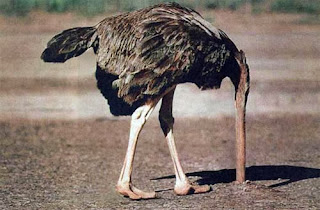 Tai Chi Quan (Tai Chi) is represented through steps by the coordinated actions of the body’s extremities, of the body as a whole including the eyes. The breathing is also coordinated. Thusly, Tai Chi is a complete system of exercises characterized by the unity and by the cultivation of the internal and external application of power. A very old system, widely known for its healthy and relaxation methods but rarely considered a martial art.
Tai Chi Quan (Tai Chi) is represented through steps by the coordinated actions of the body’s extremities, of the body as a whole including the eyes. The breathing is also coordinated. Thusly, Tai Chi is a complete system of exercises characterized by the unity and by the cultivation of the internal and external application of power. A very old system, widely known for its healthy and relaxation methods but rarely considered a martial art.The term Tai Chi Quan translates as “supreme ultimate fist, boundless fist, great extremes boxing or simply the ultimate.” Tai Chi theory is deep and profound. It takes many years of practice, learning, research and pondering to gradually grasp the esence to the art. It is said that Tai Chi Quan was created by San Feng Chang in the Song Hui Zong era (1.082 – 1.135) although techniques and forms with the same basic principles were already in existence almost 600 years earlier that were created from previous one taught in Han Dynasty (206 BE – AE 220). The content of the art has varied from one generation to the next. What we see today in the forms of Tai Chi has been evolving for more than eight hundred years. Various versions of Tai Chi are still practiced around the world: bare hand, sword, saber, spear, stick, ball or ruler. Some are slowly disappearing for there are very few masters around to teach.








